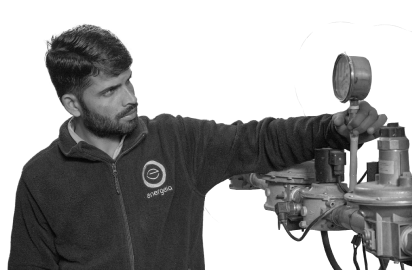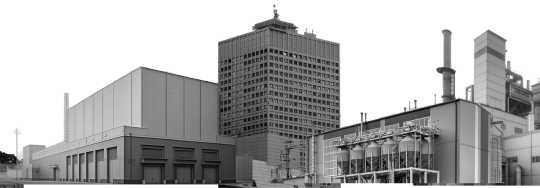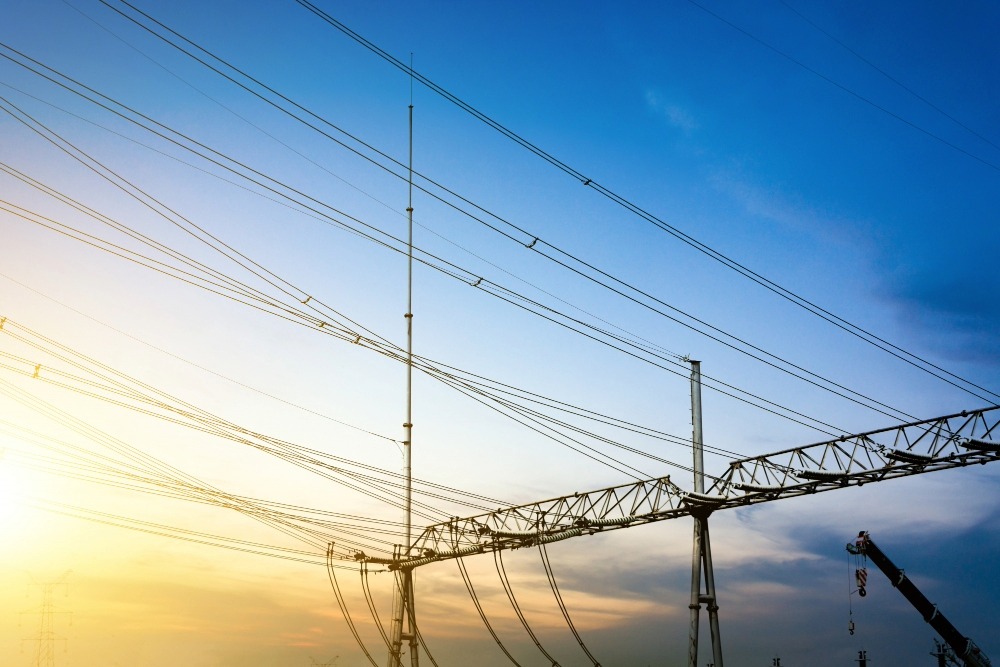The energy sector is in the midst of a transformative and disruptive change. Climate change concerns and technological innovations drive this change, often referred to as Grid 2.0. These innovations promise to improve the efficiency of the entire energy system while also reducing emissions. A shift towards a clean, digital, distributed, and dynamic energy ecosystem is imminent. This transition moves away from a static and inefficient energy system.
Traditional Power System
A traditional power system consists of many interconnected Alternating Current grids. These grids perform three functions: generation, transmission, and distribution of power. However, these unidirectional power systems generate energy mostly from burning coal or other carbon fuels, polluting the environment in this process. As a result, this traditional grid worked well for over 100 years. However, with rising energy demand, it struggles to generate, transmit, and distribute energy efficiently. Furthermore, groundbreaking innovations are evolving linear value chains that support one-way power flow from centralized generation plants into Grid 2.0. This new system is characterized by dynamic, digital, and decentralized two-way power flow value chains.
Grid 2.0 enables decentralized power generation that enables efficient management of energy sources and better coordinate between producer and consumer. In some cases, consumers will become producers, leading them to be called ‘prosumers’. A prosumer can accurately design an energy system that best suits their needs, thus managing a more efficient flow of energy.
Emerging renewable technologies provide cleaner and cheaper energy and are at the forefront of the energy disruption. Additionally, a combination of increased energy demand, emerging clean technologies, and innovative business models will give rise to the new generation of the grid: Grid 2.0. Distributed energy assets, battery energy storage systems, and IoT-enabled sensors and metering infrastructure are the three important tenets of the new generation grid. These three tenets collectively combine to unlock a dynamic and resilient grid that provides cheap and clean energy whenever required.
Distributed Energy Resources
Distributed Energy Resources (DERs) play a pivotal role in Grid 2.0 by deploying renewable and non-renewable assets at the edge of the consumer’s grid. These assets are sized and scaled according to the consumer’s requirements. In fact, there is a significant penetration of solar cells in the energy ecosystem, thanks to continued research in this field. Consequently, this research has consistently brought solar tariffs down. Other renewable and hybrid technologies, which produce cleaner energy than coal-based power plants, will also be deployed. Decentralizing power generation eliminates transmission and distribution losses to a large extent. Indeed, these power losses are one of the biggest problems plaguing the traditional grid today, strengthening the case for Grid 2.0.
Battery Energy Storage Systems
Battery Energy Storage Systems (BESS) provide a completely new dimension to the grid: Storage of energy. Now, energy can be produced when it is cheapest and stored in highly efficient systems, enabling its use on demand. Although a lot of research and development is underway in this field, with innovative storage technologies being produced, it is worth noting that BESS are still considered expensive. Nevertheless, continuous research is paving the way for economical storage options.
IoT-Enabled Sensors & Metering
The third and the most critical component of the new generation grid is the Internet of Things (IoT) enabled sensor and metering infrastructure. These IoT enabled devices touch upon all aspects of energy – generation, transmission and distribution. IoT has already penetrated the energy ecosystem in Grid 2.0 through smart meters and smart thermostats. A smart grid would consist entirely of IoT-enabled components. These components would have communication protocols to transmit real-time data to a central device. Once deployed, the constant flow of data from these IoT devices will open up many avenues for analysis. This will lead to continuous improvement of the smart grid.
IoT-enabled devices will fuel the rise of prosumers. They will be able to monitor their energy systems in real time. This creates a resilient grid with intelligent devices interconnected through a system. These devices will respond to each other in real time. IoT enables proactive and automated load shifting and energy efficiency in homes, commercial buildings and industries. It builds efficient demand response mechanisms that deliver cheaper energy to consumers.
India has recently seen a surge in microgrid projects and investments. However, most of these projects are primarily limited to the rural electrification space. Smart microgrids have the potential to disrupt and replace the traditional power grid in residential, commercial, and industrial settings. TSmart microgrids’ plug-and-play nature can revolutionize the energy sector. New technologies are getting ready for commercialization and can easily be plugged into the grid.


